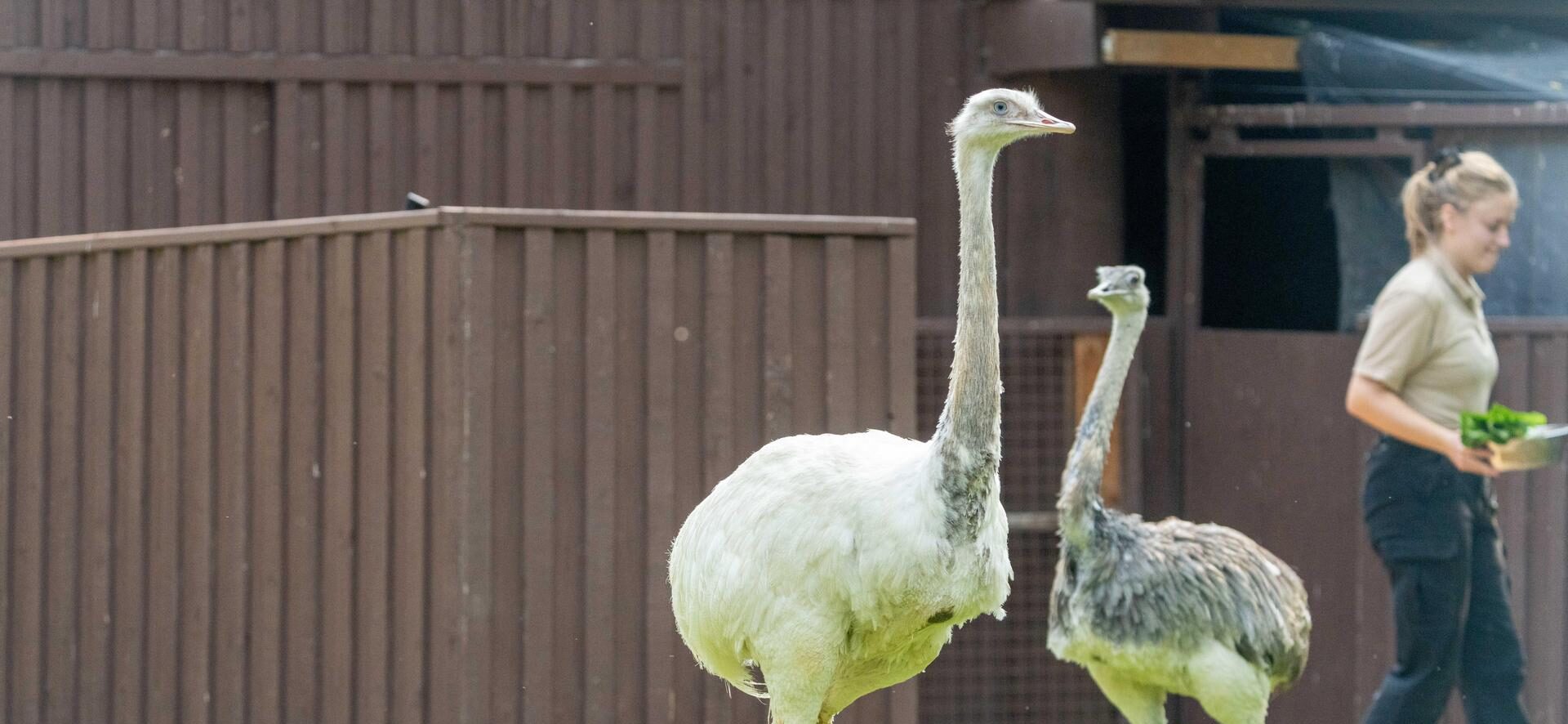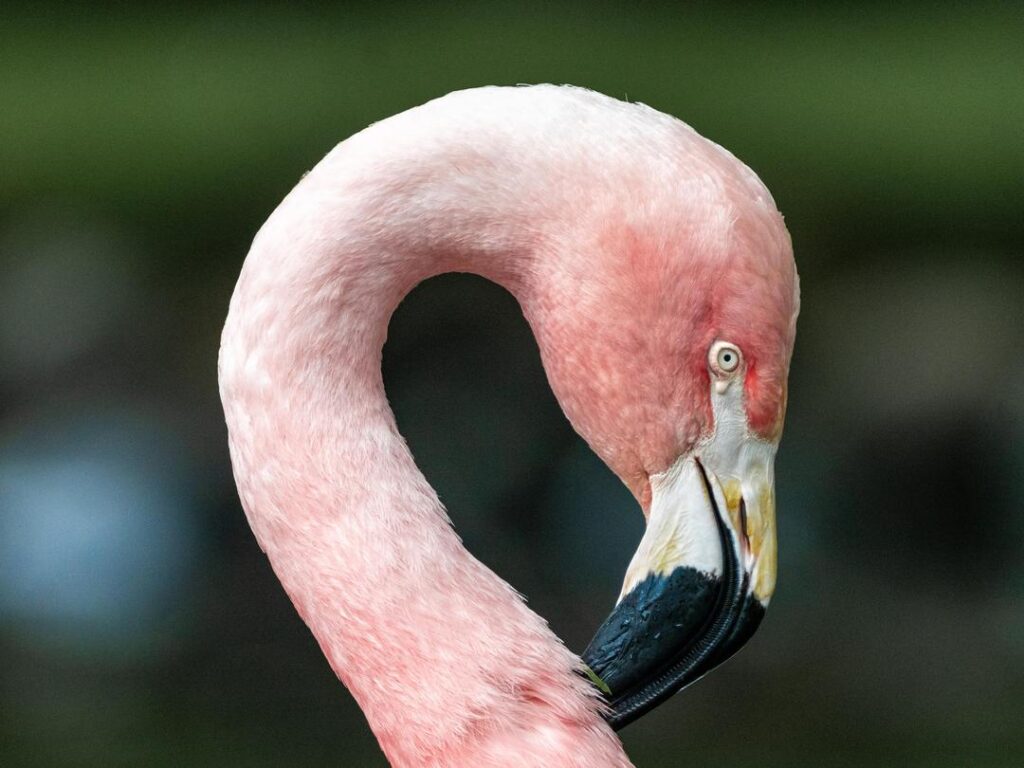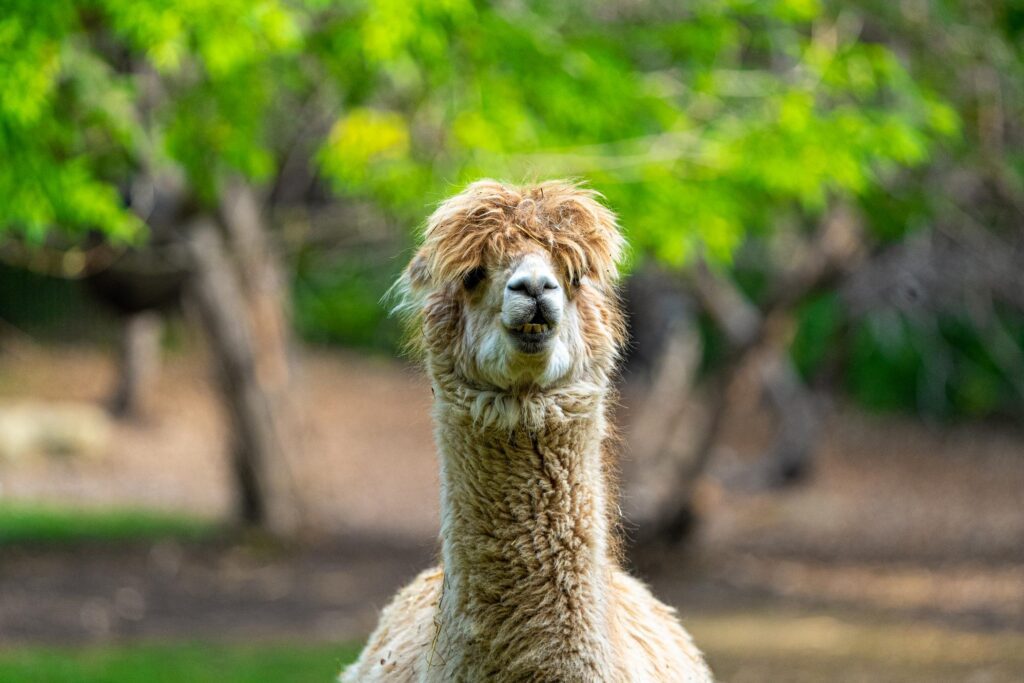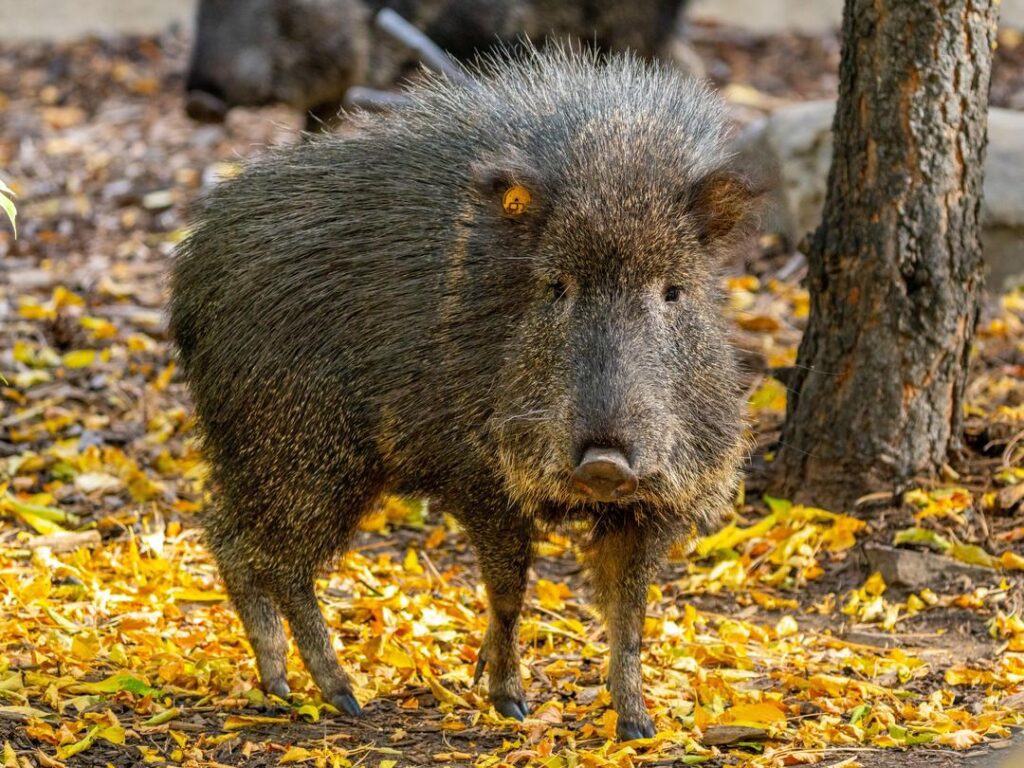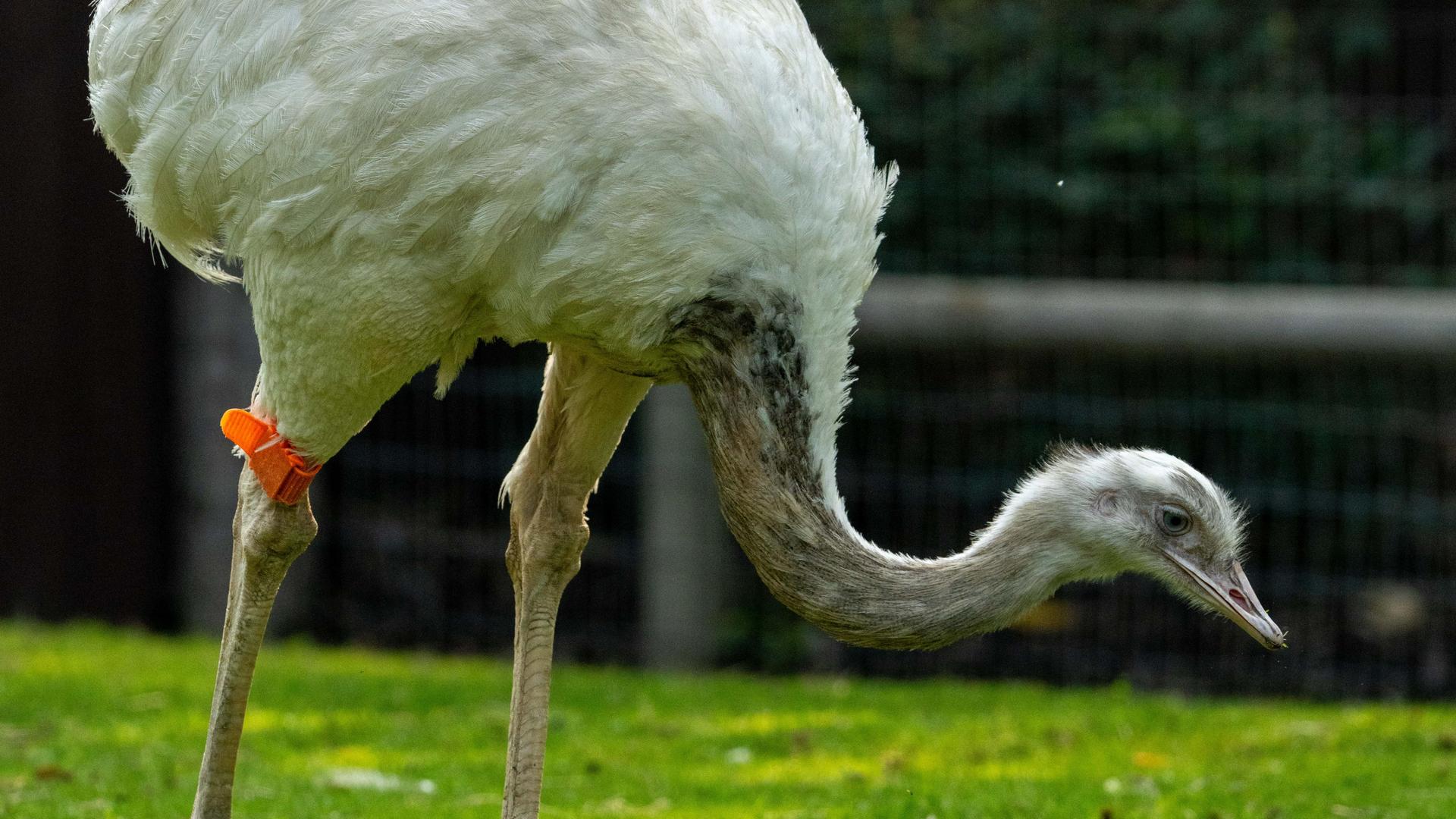
Greater Rheas
Flightless still means fast
A relative of ostriches and emus, greater rheas are flightless birds with powerful legs that allow them to move quickly. Although their wings are not capable of flight, they do aid in balance and maneuvering. As they feed, greater rheas are constantly on the move, being opportunistic eaters that primarily feed on vegetation but will also eat lizards and small birds when available.
- IUCN Red List Status: Near Threatened (likely to become vulnerable in the near future)
- Type: Bird
- Habitat: Open pampas and sparse woodlands in Argentina and Brazil
- Diet: Omnivore – plants, fruits, and lizards
- Size: 3 to 5 feet
- Weight: 50 pounds
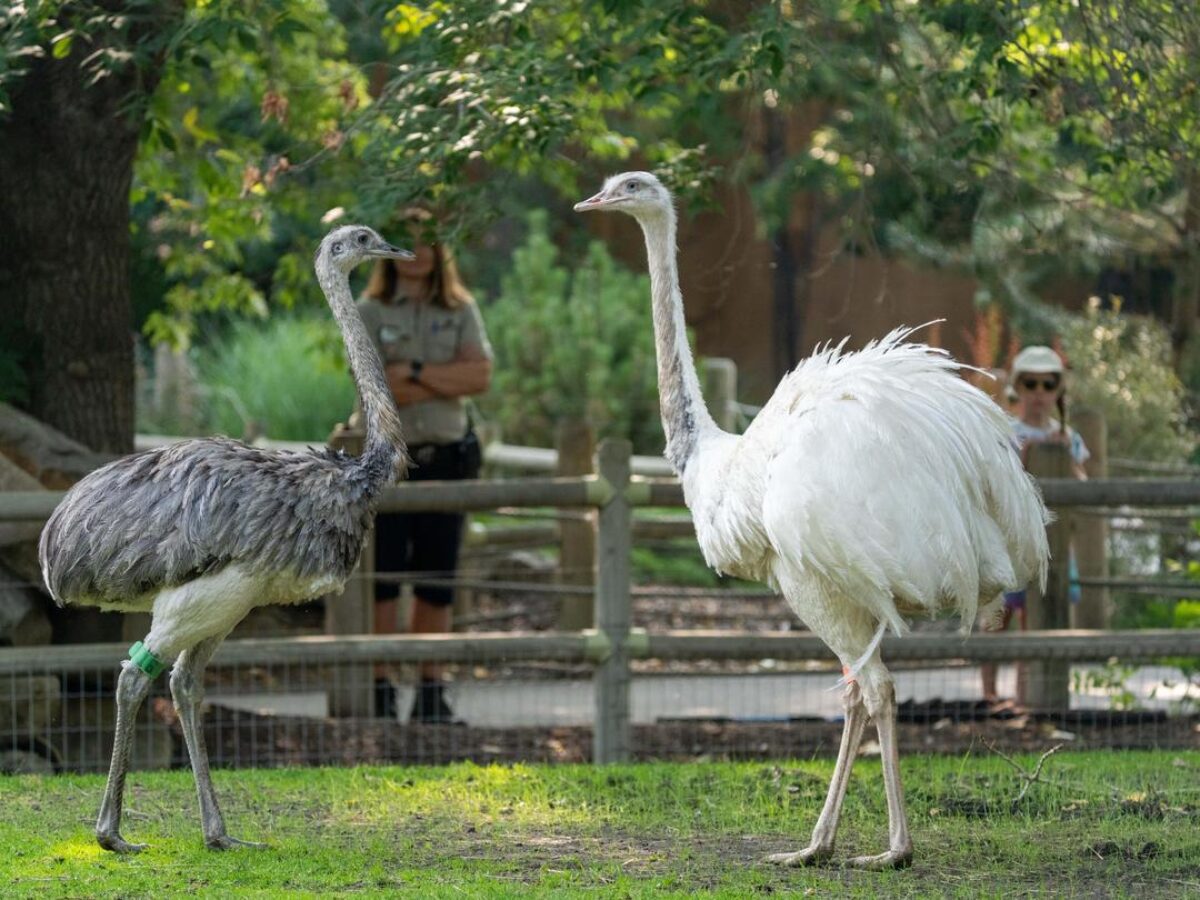
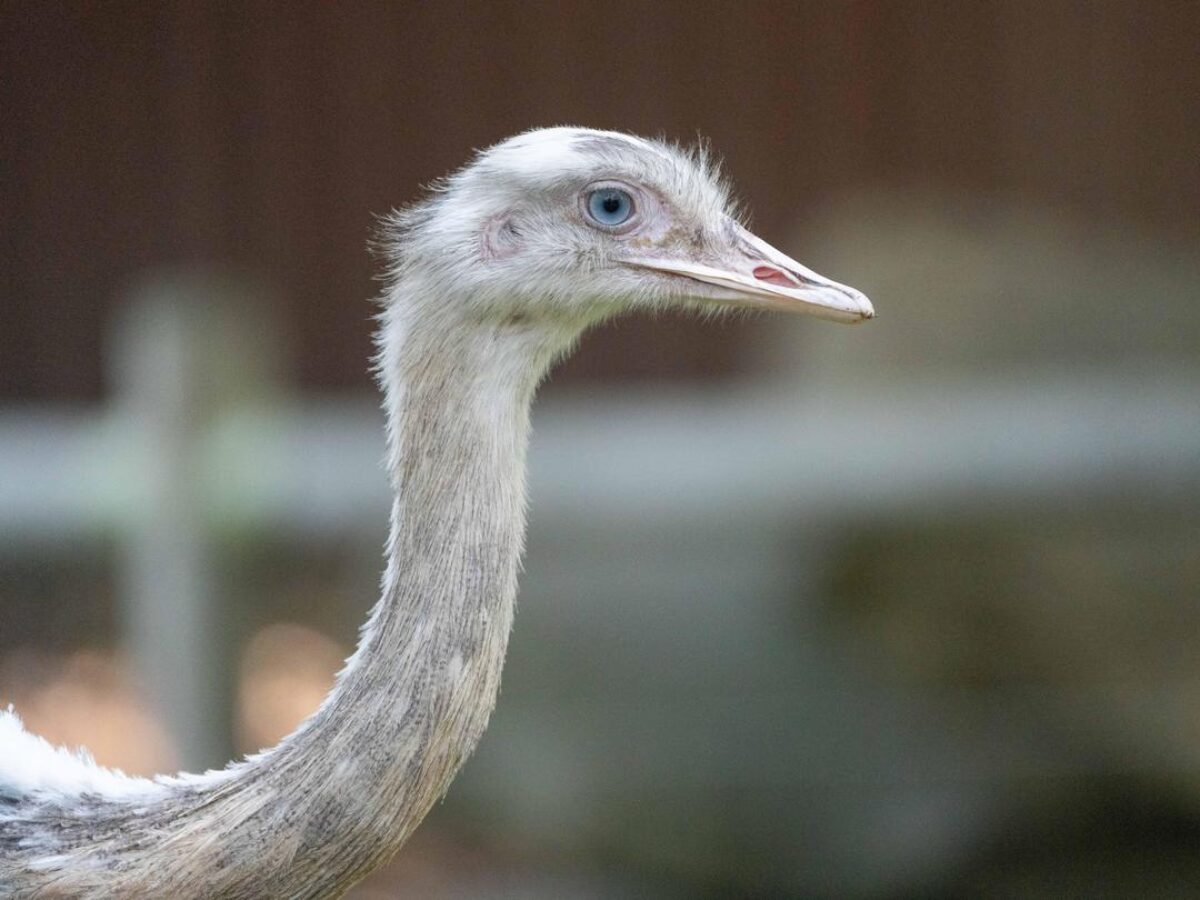
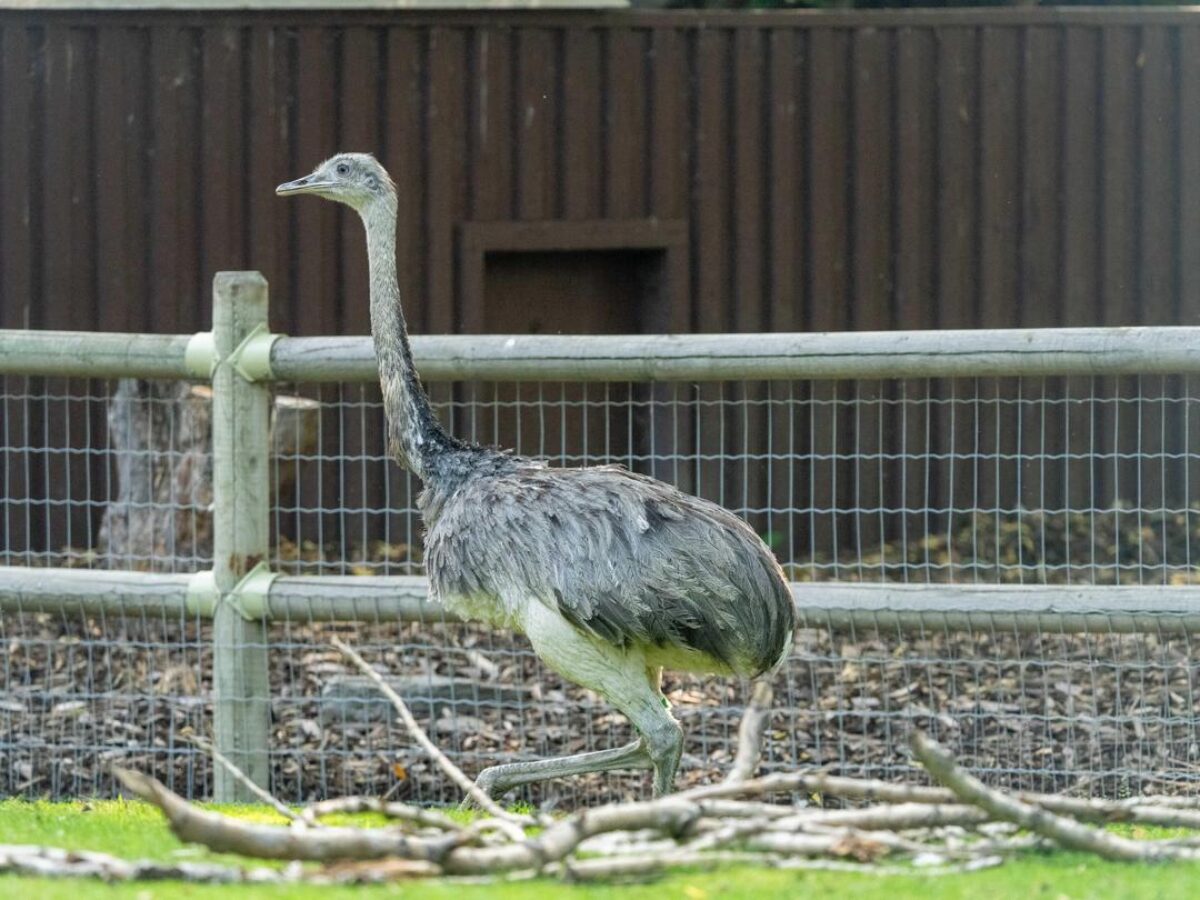
Facts about our animals
Fun Facts about Greater Rheas
Greater rheas are polygamous; males have several mates and incubate all the eggs themselves.
Several females may lay their eggs in the same nest, which can have 50 or more eggs.
They are social animals, even flocking together with large mammals such as deer.
Greater rheas have three toes on each foot.
Males develop a dark collar at the base of the neck during breeding season.
Males develop a dark collar at the base of the neck during the breeding season.
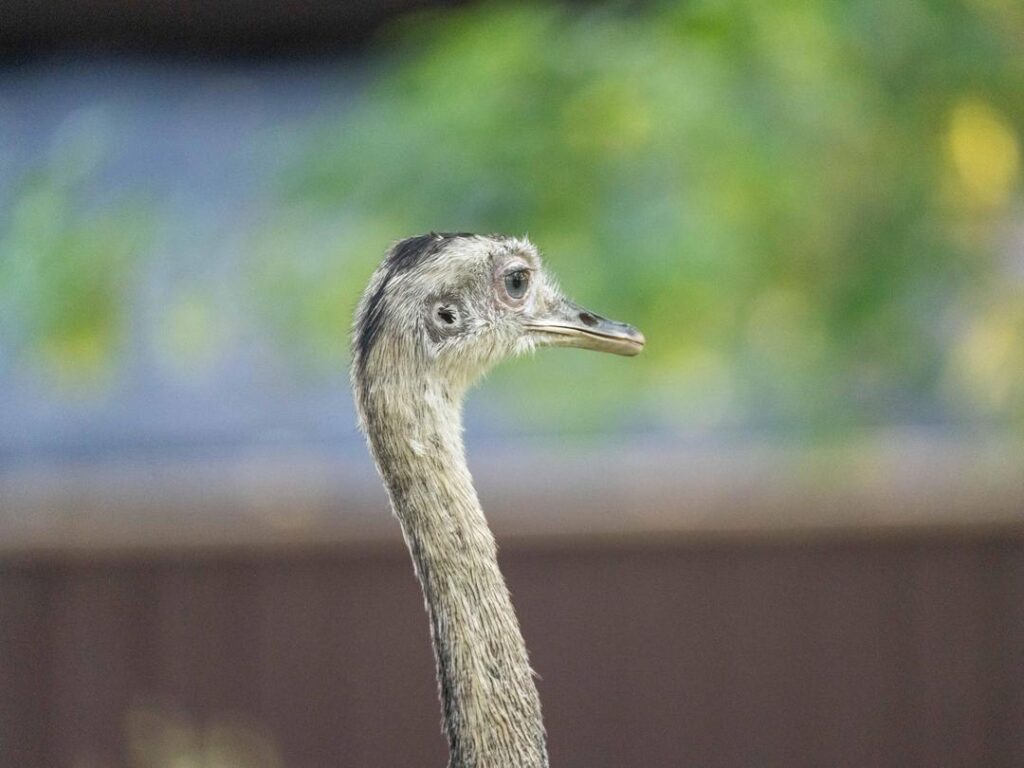
Donate
How you can help
Your donation makes a world of difference. With support for animal care, conservation programs, and education, you’re making the world wilder.
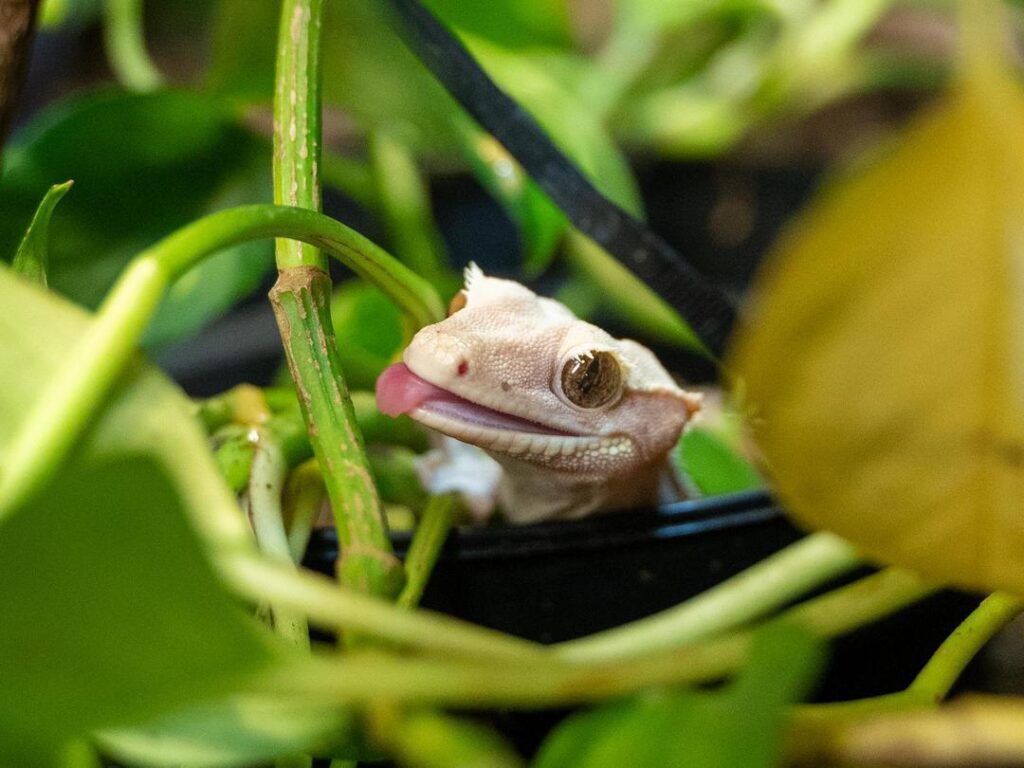
Plan your visit
Get close to wildlife
It’s time to make some memories. Here’s everything you need to know to plan an unforgettable day at the zoo.

